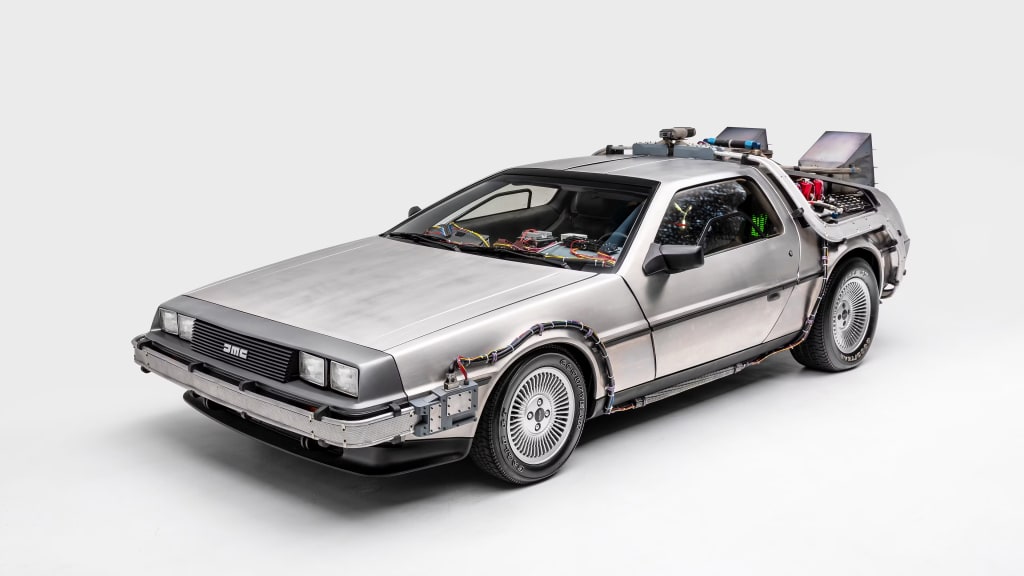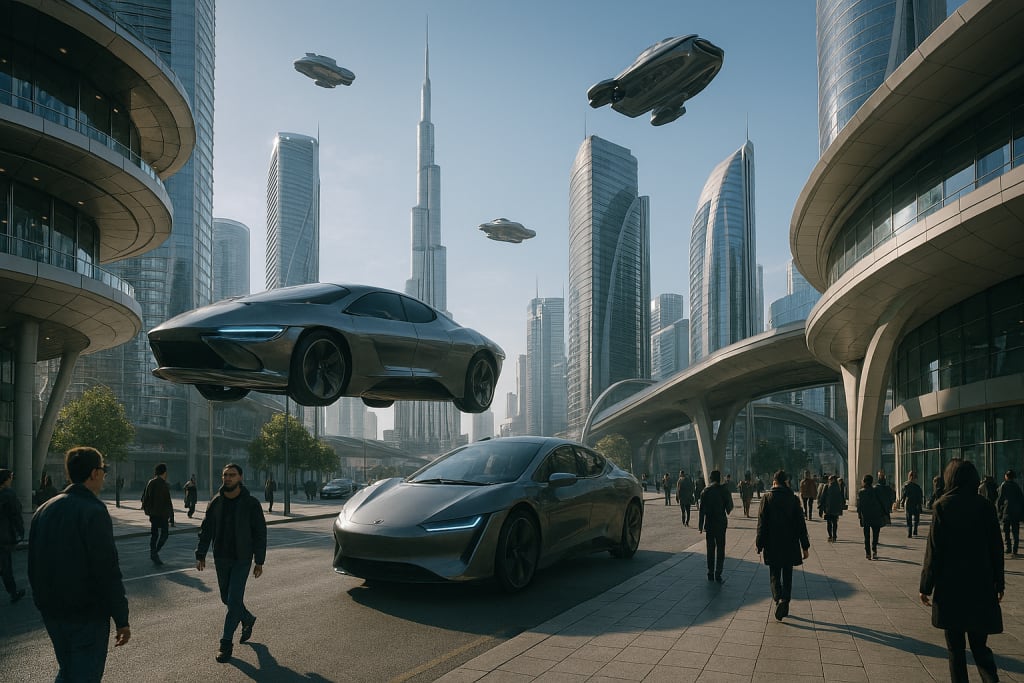How Sci-Fi Got Flying Cars Totally Wrong

Ever since Doc Brown fired up his flying DeLorean in Back to the Future Part II, we’ve been waiting for the skies to fill with cars.
The movie promised us flying vehicles by 2015, complete with highways in the sky and traffic jams hundreds of feet above ground. Well, it’s 2025 now, and we’re still very much earthbound during our daily commutes. But here’s the thing: science fiction didn’t just get the timeline wrong—they got almost everything about flying cars wrong. And surprisingly, that might be exactly what we needed.
The Hollywood Dream vs. Reality

When we think of flying cars from movies, certain images immediately come to mind. There’s the sleek DeLorean soaring through the air with garbage-powered flight, the police “Spinners” from Blade Runner that could seamlessly transition from ground driving to aerial cruising, or the countless flying vehicles zipping between skyscrapers in The Fifth Element. These cinematic marvels shared a common vision: cars that looked like cars but happened to fly.
The reality is quite different.
According to aerospace engineer Xiaosong Du from Missouri University of Science and Technology, real flying cars are essentially crosses between airplanes and helicopters. They don’t look like sleek, car-like vehicles gliding effortlessly through the air. Instead, they resemble what Du describes as “winged military choppers”—think more like the aircraft from Avatar or the real-world V-22 Osprey!
This isn’t a failure of imagination; it’s physics doing what physics does best: imposing reality on our dreams!
What Sci-Fi Missed About Takeoff and Landing

One of the biggest misconceptions science fiction perpetuated was how flying cars would actually get airborne. In Blade Runner, Spinners were described as using “anti-gravity” engines alongside conventional combustion and jet propulsion. The Back to the Future DeLorean seemed to just… float up effortlessly.
Real flying cars, or more accurately called eVTOL (electric Vertical Take Off and Landing) aircraft, use rotating blades or propellers to generate lift.
Pat Anderson, former director of the Eagle Flight Research Center, explains that wings might tilt upward initially for vertical takeoff, then rotate to horizontal position for forward flight—”like a Transformer”
This makes perfect sense when you think about it. Airplanes need runways, which would be completely impractical for personal flying vehicles in urban environments.
The Timeline

Perhaps the most glaring error was the timeline. Back to the Future Part II confidently predicted flying cars would be commonplace by 2015. We’re now a decade past that prediction, but the technology is finally catching up! Just not in the way Hollywood imagined…
Commercially-operated flying taxis became available starting in 2023. Dubai successfully conducted tests with unmanned air taxis in 2017, positioning itself as a trailblazer in this technology. Cities like Ingolstadt, Dallas, and Los Angeles are all testing futuristic transport services.
The key difference? These aren’t personal flying cars for every household. They’re specialized aircraft for specific transportation services.
Why Sci-Fi Cars Looked Like… Cars?
There’s a fascinating reason why science fiction consistently depicted flying cars as, well, cars with flight capability.
Movies needed audiences to immediately understand the concept without extensive explanation. A flying car that looked like a helicopter wouldn’t have captured imaginations the same way. The Blade Runner Spinners, for instance, were actually built on Volkswagen Beetle chassis, maintaining that familiar car-like appearance while suggesting incredible technological advancement.
Syd Mead, the concept artist behind the iconic Spinner design, described it as an “aerodyne”—a vehicle that directs air downward to create lift. This was closer to reality than the mysterious “anti-gravity” explanations, but the visual design prioritized storytelling over engineering practicality.
What Real Flying Cars Actually Look Like Today
Today’s flying car prototypes look nothing like the sleek vehicles from our favorite sci-fi films. They’re typically much larger than traditional cars, with prominent rotors or wings that can’t be hidden or retracted elegantly. They require specialized landing areas and extensive pilot training. Most importantly, they’re designed for specific use cases—emergency medical transport, short-distance passenger service, or cargo delivery—rather than replacing your daily driver.
This isn’t a disappointment; it’s actually better than what sci-fi promised. Real flying cars are being designed with safety, efficiency, and practical urban integration in mind rather than cinematic appeal.
The Bright Side of Being Wrong
Here’s the surprising upside: science fiction’s “mistakes” about flying cars might have been exactly what we needed. Those impossible, beautiful visions inspired generations of engineers and entrepreneurs to pursue the technology, even if the final product looks different than expected.
The flying DeLorean from Back to the Future remains “the coolest flying car in sci-fi movies” precisely because it represented pure possibility. It didn’t matter that garbage-powered flight made no engineering sense—it mattered that it made us believe flying cars were inevitable.
And they are inevitable, just not in the way we imagined. The first flying taxis are already in testing phases, and the technology exists today to make them work. We might not get personal flying cars that look like ground vehicles, but we’re getting something potentially better: safe, efficient aerial transportation that could revolutionize how we move through cities.
The Future Takes Flight
Science fiction got flying cars wrong in almost every technical detail, but it got the most important thing right: the vision that personal flight was possible. Sometimes the dream needs to be impossible before the reality can become inevitable.
The next time you see a Blade Runner Spinner or Doc Brown’s DeLorean, don’t think of them as failed predictions. Think of them as the beautiful, impossible dreams that made today’s very real—if very different—flying cars possible!